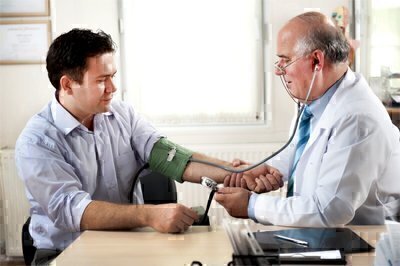Cases that Do Not Require Prompt Medical Attention
Last updated November 2015

Many cases are not urgent, of course. These cases could await a visit to an urgent care clinic or a family doctor during regular hours. They include small lacerations, sore backs, mild sore throats, painful bruises, and chronic complaints. They constitute a large portion of all cases handled at many hospital emergency departments.
If you feel confident your case is not urgent, avoid an emergency department. Use a family doctor; if you don’t have a family doctor, take this opportunity to try one out. Our ratings of primary care physicians will help you find one.
The main reason to use a family doctor rather than an emergency department, or even an urgent care clinic, is that the family doctor will provide better “continuity of care.” Doctors often say about 80 percent of diagnosis is in the patient’s history, but the emergency department won’t know you and your medical history as well as your doctor does. An emergency department might, for instance, diagnose acute appendicitis when your doctor would tie stomach pains to a previously diagnosed disorder. Also, since emergency departments ordinarily don’t schedule follow-up visits, when you visit your own doctor for follow-up he or she will not have first-hand knowledge of what symptoms you had at the time of the emergency visit, what treatment was given, or what assumptions were made about aftercare.
Another reason to consult a family doctor in non-urgent cases is cost. Emergency departments must maintain staff even at hours when there are no patients—simply to be prepared. Patients pay for that staff. Similarly, emergency services must maintain sophisticated equipment—for instance, to resuscitate heart attack victims. Patients help pay for that. It all adds up to much higher fees at emergency departments—sometimes five times higher—than at doctors’ offices.
Not only is the base price more, but an emergency department will also impose additional special charges. It will perform lab tests and X-rays because it must find out in one visit everything a family doctor knows from past visits or could expect to find out on a future visit. All these tests are important to the diagnosis and protect the emergency department doctor against malpractice suits.
And extra costs don’t end at the time of the emergency visit. When you go to your doctor for a follow-up visit after being treated in the emergency department, the doctor will have to remove dressings, duplicate tests, and waste time on the phone getting reports on the emergency department’s studies. This is expensive.
Of course, this higher cost factor makes no difference to you if your insurance policy pays for ER visits. But deductibles and other obstacles force many patients to bear the full cost of either an emergency department or doctor’s office visit, and you may feel a social responsibility to keep medical costs down—even if the charges don’t come out of your own pocket.

